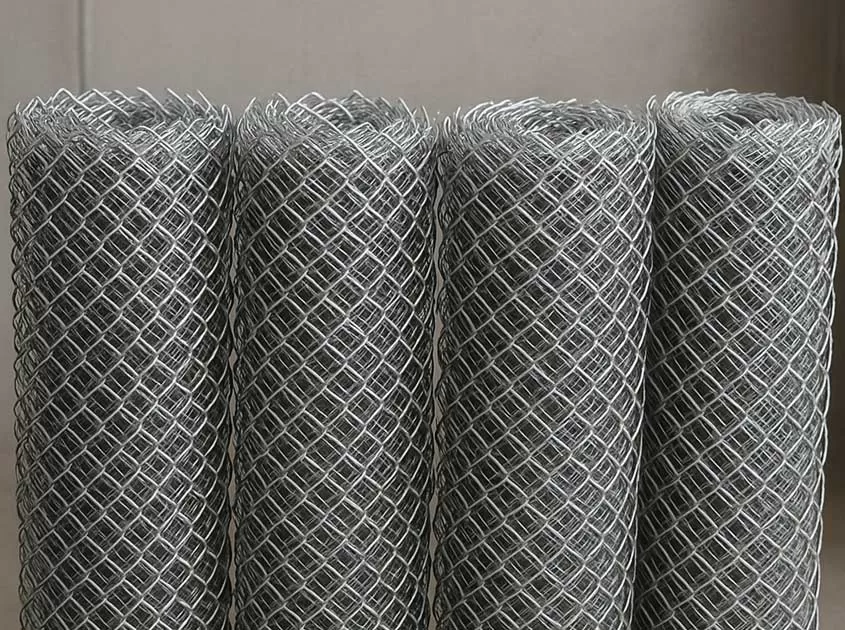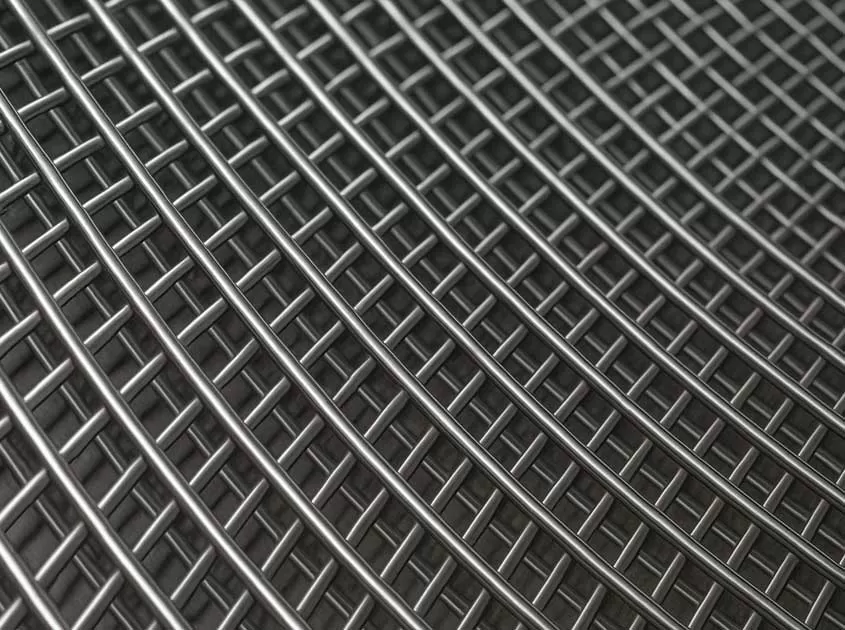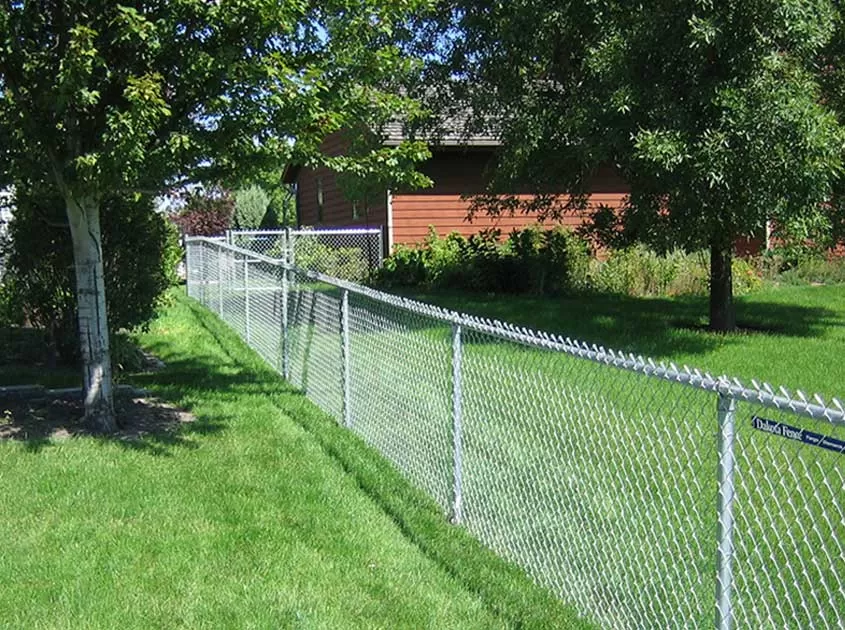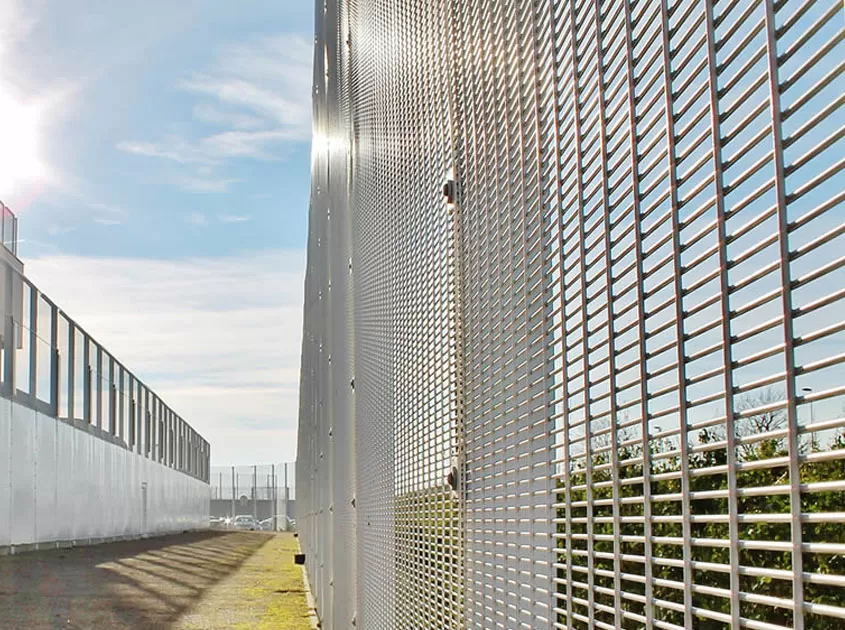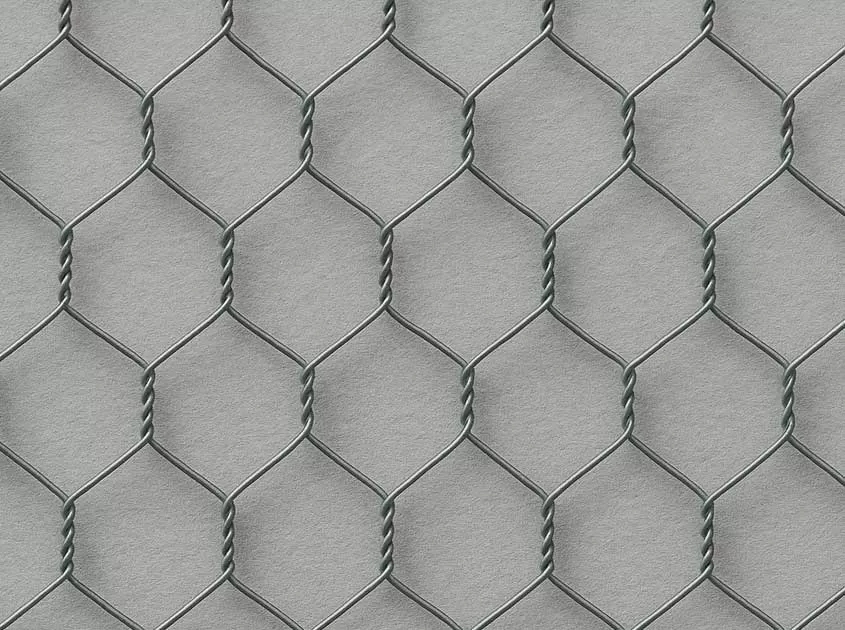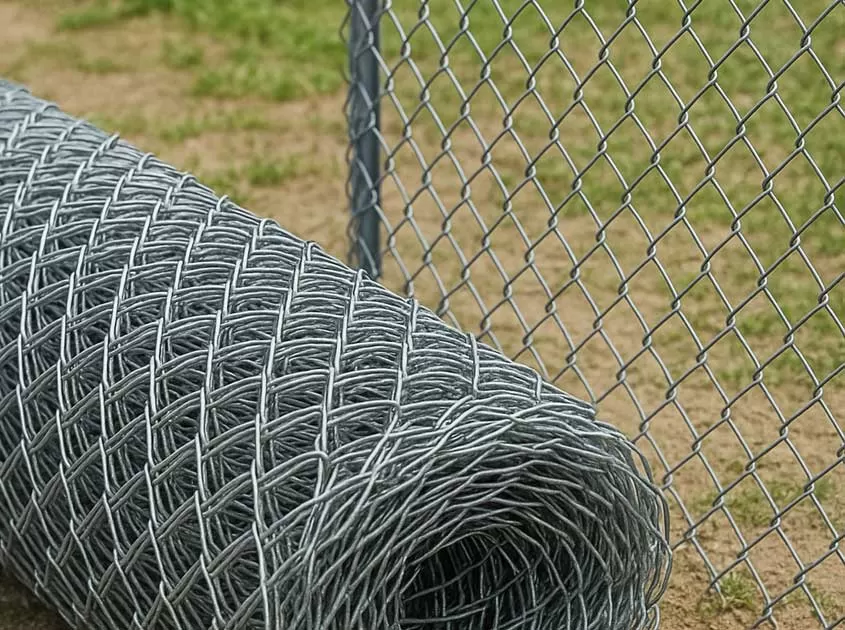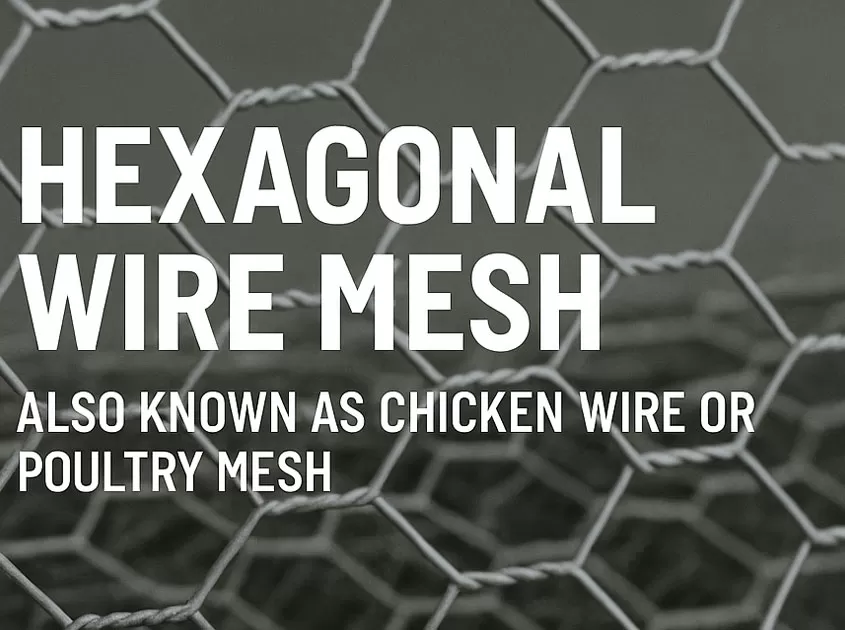Stainless steel wire mesh is a versatile and stylish material, Widely used in architectural and interior.
Stainless steel wire mesh, also known as architectural Stainless steel mesh or metal Stainless steel fabric, is a versatile and stylish material that has found widespread use in architecture, interior design and industrial settings. It is made by weaving or welding fine wires together into a mesh pattern, which can be customized for various design needs.
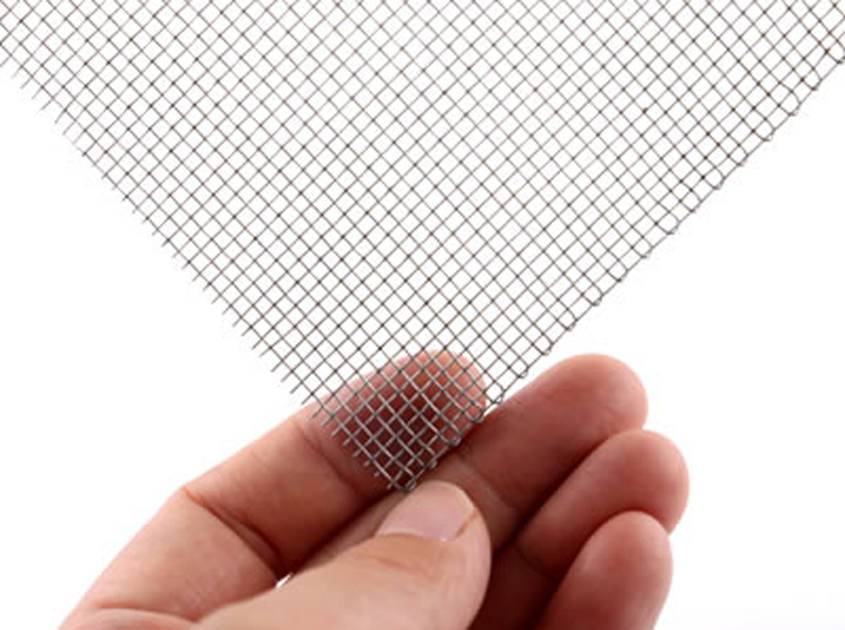
The use of stainless steel wire mesh dates back to ancient times when wire was used in jewelry, clothing and household items. However, stainless steel wire mesh was not used in construction until the 19th century as a decorative and functional material. In the early 1900s, stainless steel wire mesh was widely used in Art Deco and Art Nouveau designs and became a popular material for interior design, especially room dividers, curtains and furniture.
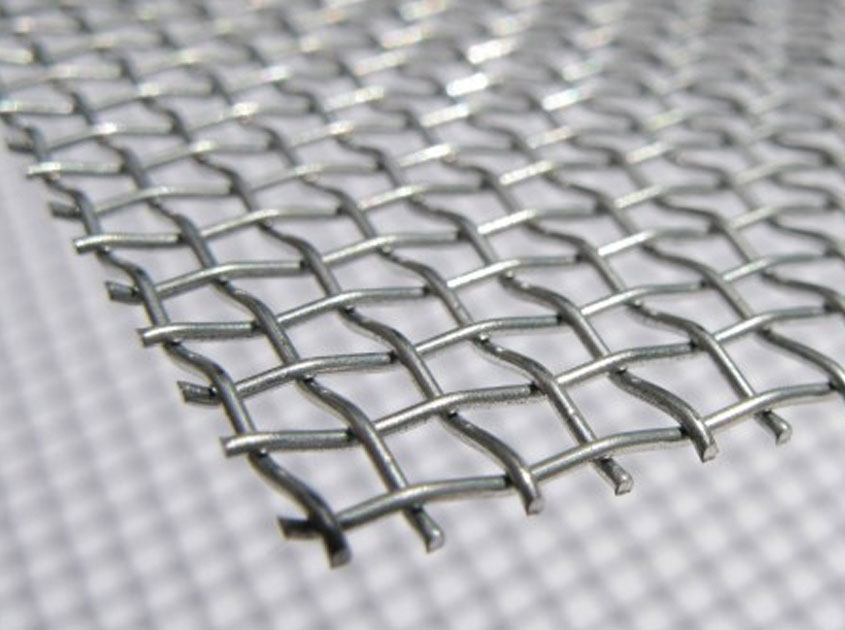
Today, stainless steel wire mesh is widely used in architectural and interior design applications such as facades, awnings, ceilings, partitions, railings and cladding. It can be used for both aesthetic and functional purposes, providing ventilation, shading, privacy and security while adding unique visual appeal to spaces.
The versatility of stainless steel wire mesh is due to the wide range of patterns, weaves and materials available. Grid patterns can range from simple to complex and can be customized to meet specific design needs. Some popular mesh patterns include plain weave, twill weave, Dutch weave, and curl weave. Each pattern has its own unique texture and visual appeal, and can be further customized by changing the wire diameter and spacing.
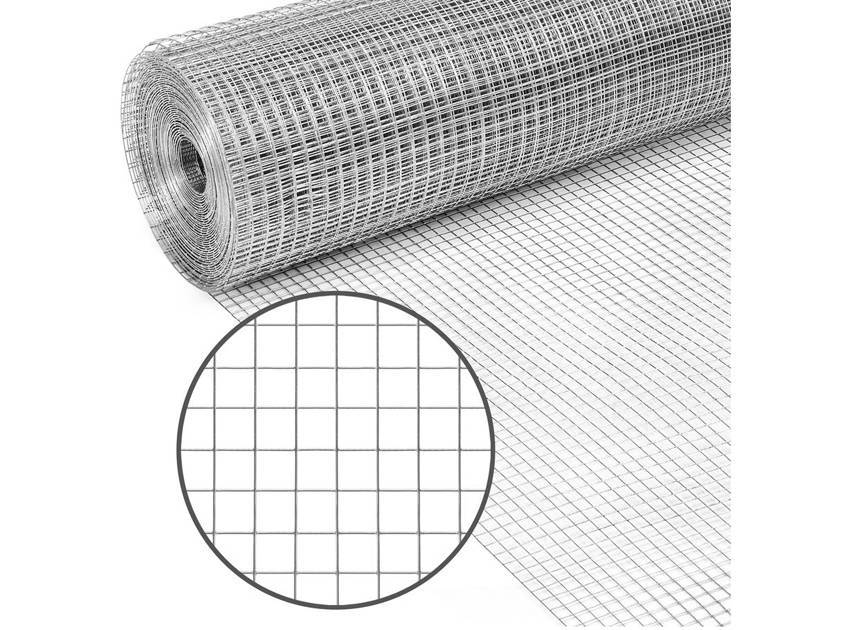
In addition to mesh patterns, stainless steel wire mesh is also available in a variety of materials including stainless steel, aluminum, brass, copper and bronze. Each material has unique properties such as strength, durability, corrosion resistance and color. Due to its strength, durability, and corrosion resistance, stainless steel is the most commonly used material for stainless steel wire mesh. Aluminum is also a popular choice due to its light weight and versatility, while brass, copper and bronze are often chosen for their warmth and elegant appearance.
Another advantage of stainless steel wire mesh is its sustainability. Many manufacturers use recycled materials in the production of wire mesh, making it an environmentally friendly alternative to traditional building materials. Additionally, wire mesh can be easily recycled at the end of its useful life, reducing waste and conserving resources.
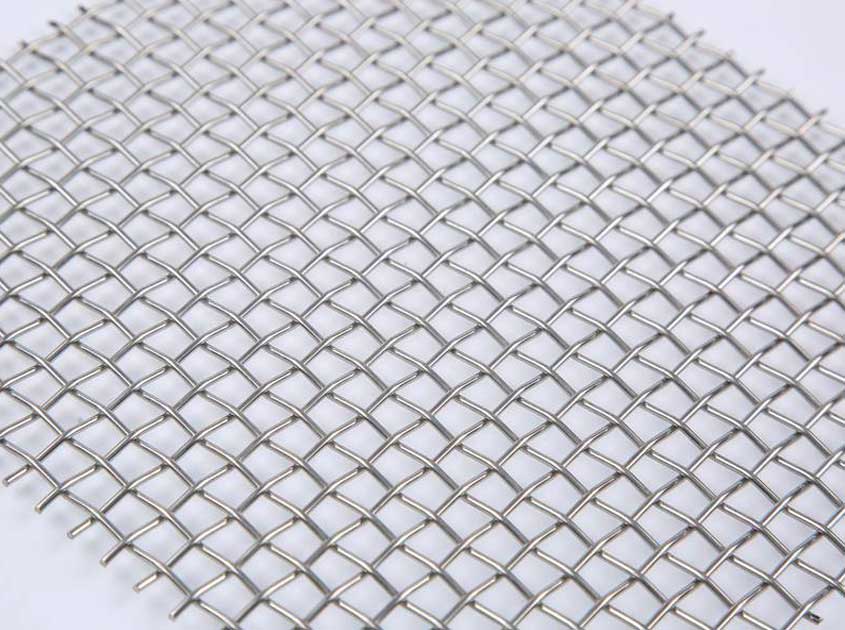
When it comes to installation, stainless steel wire mesh is relatively easy to work with. It can be cut, shaped and formed to fit any size or shape, and can be mounted using a variety of methods such as tensioned, clamped or framed. Some manufacturers also offer prefabricated mesh panels that can be easily installed with minimal tools and expertise.
Despite the many advantages, there are still some considerations to keep in mind when using stainless steel wire mesh. One is cost, as stainless steel wire mesh can be more expensive than other building materials. However, long-term advantages such as durability and low maintenance make it a cost-effective choice in the long run. Another consideration is wire mesh cleaning and maintenance, as it can collect dust and debris over time. Regular cleaning and maintenance will help maintain the appearance and function of your mesh.
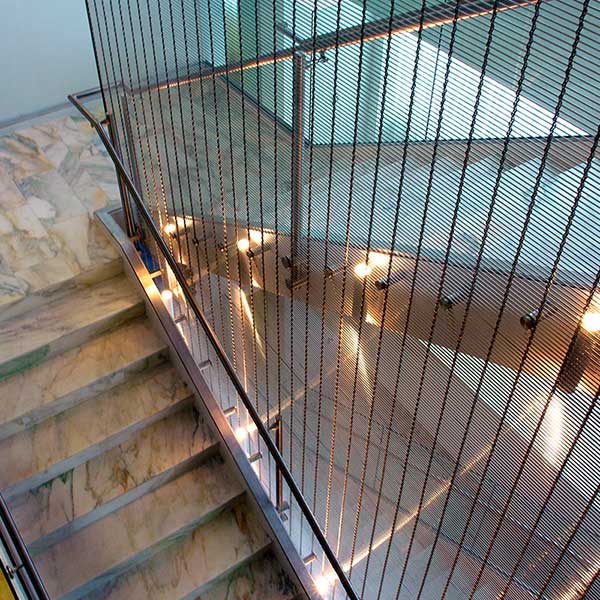
In conclusion, stainless steel wire mesh is a versatile and stylish material that has been widely used in architectural and interior design applications. Its versatility, sustainability and aesthetic appeal make it an attractive choice for designers and architects looking to add a unique touch to their projects. Available in a variety of patterns, materials and installation methods, stainless steel wire mesh is a flexible and customizable material that can be adapted to any design need.
-
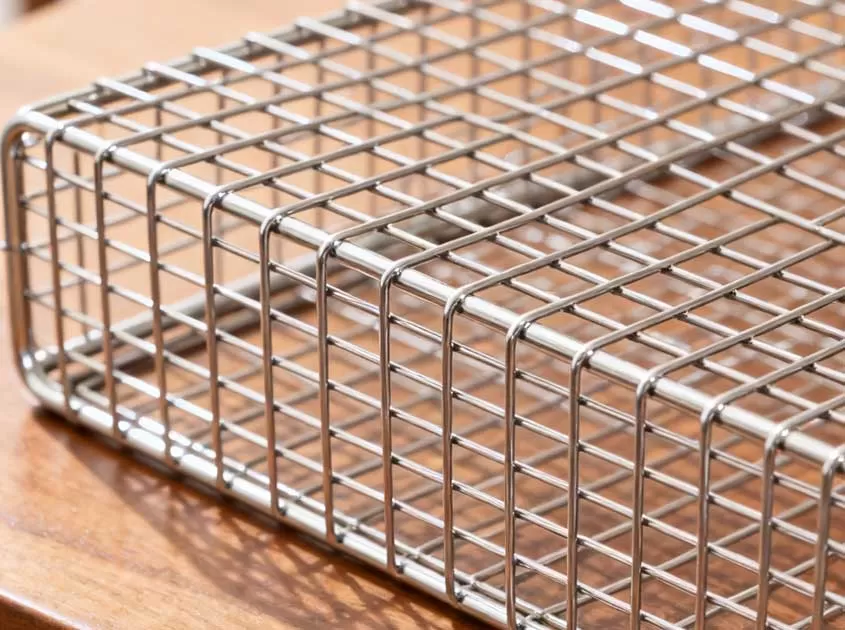 Corrosion-Resistant Stainless Steel Wire Mesh Oct 28, 2025
Corrosion-Resistant Stainless Steel Wire Mesh Oct 28, 2025

- Tel.: +86 311 83077076
- E-mail: sales@qunkunmetal.com
- Skype: qunkunsales01
- WhatsApp: 8618032412189
- Add.: No.69 The Filter Industrial Part of Anping, Hebei, China




